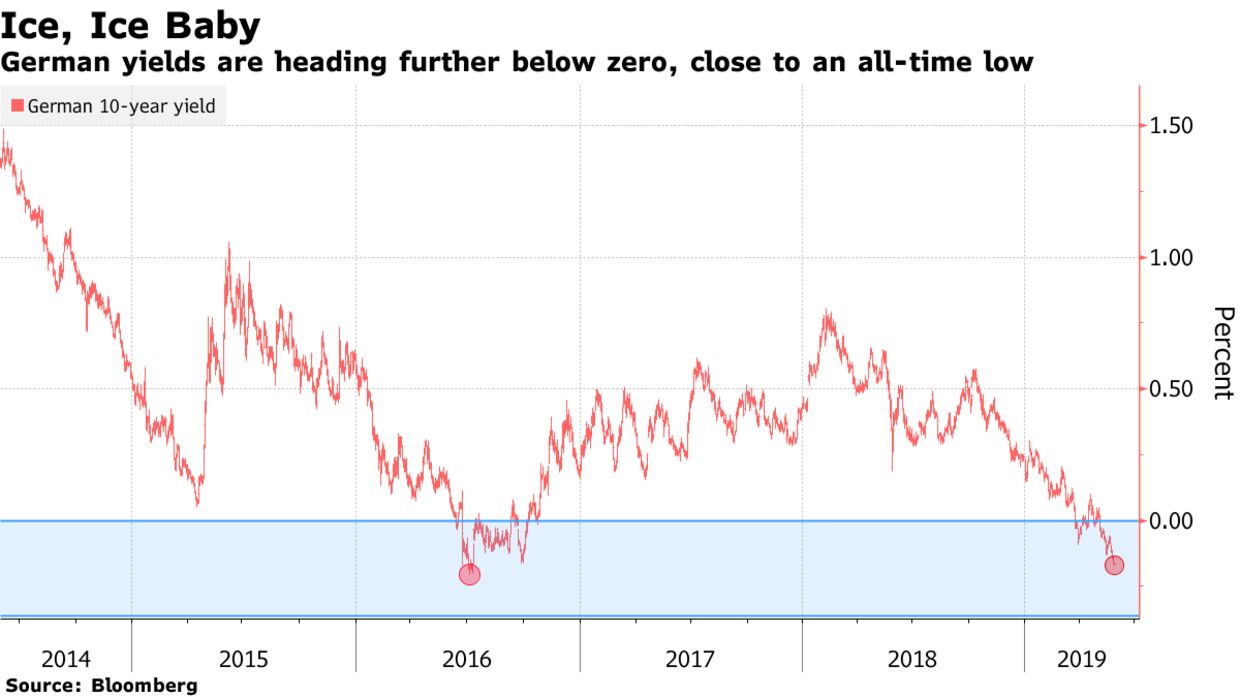Many times, the outcome of an investment, both positive and negative, are outside of our control. While they cannot be influenced, they are dangerous to ignore. In this post, I’ll explain why the low yields of global bonds may significantly affect returns of your US real estate investments.

Location, Location, Location… And Perspective
Let’s take the oldest lesson in real estate investing. You know, the three things, “Location, Location, Location.” This maxim is the bedrock of any real estate opportunity. And for a good reason. A single block, a few hundred yards, can make the difference between riding the wave of progress or struggling to keep your tenants safe!
Location is something you can control, and it’s critical. There are other elements that you can control too. For example, you can choose your partners and make operational decisions to execute on a business plan.
The problem is that it’s not only the things you can control that determine your ultimate success. In my 25+ years as a public equities professional, I learned to understand this point. Even if my earnings forecasts were 100% correct (which they never were), I could still get the stock wrong.

Sometimes sectors go out of favor. Sometimes a management change scares off investors. And sometimes, the macro environment changes, and that can matter more than anything else.
The Discount Rate – The Weighing Scale of Any Asset
One of the most important drivers of any investment, including real estate, is the discount rate. Don’t worry. We’ll keep this simple. You can think of the discount rate as the yield on government bonds, further adjusted up depending on the risk of the specific investment you’re evaluating. The higher the risk, the higher the yield.
The implications are even more straightforward. For any asset that generates cash in the future, it’s worth more today when yields are lower. And it’s
I’ve been thinking a lot about the impact of discount rates lately as we’ve seen global bond yields collapse. You may be aware that Fed policy impacts real estate investments. But it’s also true that decisions made by the European Central Bank in Frankfurt and the Bank of Japan in Tokyo may also contribute to your investment results.
It’s critical to understand that capital flows across the globe in search of the highest return. It’s equally important to realize that as of today (6/24/2019), $13 TRILLION of government bonds pay a NEGATIVE yield. That means that if you buy a government bond in major countries like Germany, Japan, Switzerland, and Sweden, you have to PAY rather than receive interest. Think about that. It’s an extraordinary period in economic history.

But why does that matter?
In real estate circles, I often hear that prices are too high and that yields (cap rates) are too low. It’s a fact that prices for many assets are higher than they’ve ever been. But I’m less sure that they’re too high or that they’re not sustainable. These opinions reflect a history that may be less relevant. Nor do they reflect what’s happening in global capital markets. As indicated by the pervasive case of negative yields (at what appears to be the peak of the rate cycle by the way), we’re living in a new paradigm.
Let’s consider a simplified case of German pension fund ABC that has tens of billions of Euros to invest to meet their payout obligations ten years from now. ABC may choose to invest in German 10-year bonds currently yielding roughly NEGATIVE 0.2%. Or ABC could exchange some Euros into US Dollars and buy US 10-year bonds yielding ~2%. Note to finance professionals: yes, there would be a cost to hedge the FX, but there’s still a positive spread.
You can probably see the direct impact on US 10-year bonds from lots of pension funds like ABC buying bonds with higher yields that carry similar risks.
There are two indirect ways that these same investors might affect our apartment investment:
- First, as additional buyers inflate prices (and depress yields) of US bonds, the sellers of these bonds seek assets that offer higher yields somewhere else. They might buy riskier bonds, like corporate debt. This demand is what reduces borrowing costs for apartment investors like us. It’s like the benefit of a lower payment you get when you refinance your mortgage.
- The second indirect benefit occurs when pension funds like ABC decide to allocate a bit more of their portfolio to real estate assets. While riskier than government bonds, they need the superior yields that real estate offers. Larger institutions will typically consider large properties or invest in a large fund that, due to its size, can only focus on similarly sized assets. When you have billions of dollars to deploy, it’s not worth their time to consider buildings valued below $20million.
The indirect impacts of these buyers are still significant. When sales occur at a higher price (or lower cap rate), this elevates the expectation of all sellers in a given market. And as sellers transact, they then bid up prices of more attractively priced assets with their proceeds.
Real Estate as a Piece of the Puzzle
I’m not about to argue that this environment will last forever. I have no idea how long it will last, but the money needs to go somewhere. Remember our friend ABC and their challenge. What’s more, I believe that cash flowing apartment investments will likely fare better than stocks or bonds when things normalize. Since this is uncharted territory, diversification still makes sense. Real estate shouldn’t be your only investment, but I think it belongs in the mix.
As a student of global capital markets, I’ve come to appreciate the perspective of relative value. Absolutes are rare in the process of valuation. Unless you’re valuing a sum of cash today, the future introduces complicating assumptions that require judgment. The context of competing investment alternatives is a part of the mosaic that can help shed light on things that don’t othe
In conclusion, Cove Investments and its partners work hard to drive value on the things we can control (location, partner selection, business plan execution), but we’re humble enough to respect the drivers that are out of our hands. The ability to recognize the difference between the two is critical and will inform our prudent approach.
